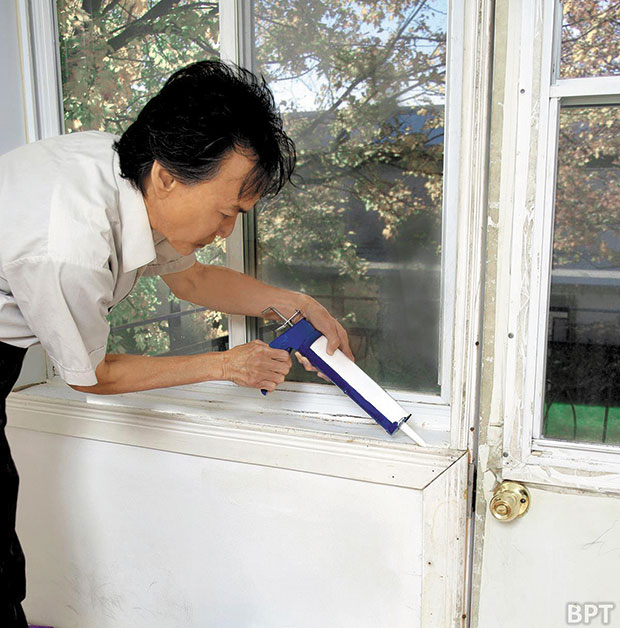The key to cutting utility costs
In the heat of summer, our natural instincts are to adjust the indoor temperature so it is comfortable. But if your home has any drafts or air leaks, expect indoor temperatures to fluctuate dramatically.

Leaks and drafts can hinder the performance of your heating-ventilation-air conditioning (HVAC) equipment and cause your utility bills to skyrocket. Why? Conditioned air continually escapes the home due to the gaps within the building envelope, and HVAC equipment will work overtime to reach the thermostat’s set temperature. What’s more, the U.S. Department of Energy suggests that air leakage contributes to potential moisture problems that can affect occupant health and the home’s durability.
While traditional stop-gap solutions, such as placing runners by doors, may provide some relief, the U.S. Department of Energy recommends homeowners take a comprehensive approach. First, detect where the air leaks are within your home. A certified Home Energy Rating System Rater will be able to help you identify such areas, as well as help assess your ventilation needs for indoor air quality.
Once all sources of air leaks have been identified, air sealing techniques and materials can be applied. Caulking and weather-stripping are two of the most popular and common techniques that can help address air leaks. However, a recent study by the Building Science Corporation showed that heat transfer was much lower in a home with spray foam insulation than with materials such as fiberglass or cellulose.
Installed by professionals, spray foam insulation, like that available from Icynene, works well in all climates to completely seal the building, filling every gap to stop air leakage and help reduce strain on HVAC equipment. Spray foam insulation both insulates and air seals the entire building, letting homeowners cut monthly bills by as much as 50 percent.
This article is courtesy of Brandpoint.